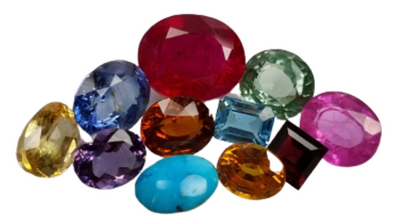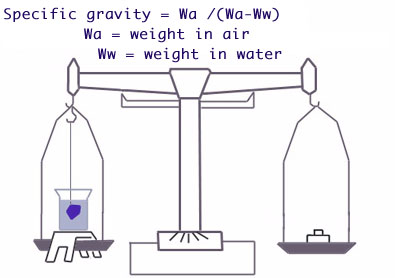Ruby and Sapphire Specific Gravity
Ruby and sapphire, both belonging to the corundum family of minerals, share similar physical properties, including specific gravity. Specific gravity is a measure of the density of a material compared to the density of water, and it is an important characteristic used in gemstone identification and classification.
The specific gravity of ruby typically ranges from 3.97 to 4.05, while sapphire’s specific gravity falls within a similar range of 3.95 to 4.03. These values indicate that both ruby and sapphire are relatively dense gemstones, with densities that are significantly higher than that of water.
The specific gravity of a gemstone is determined by its chemical composition, crystal structure, and internal characteristics. In the case of ruby and sapphire, their chemical composition consists primarily of aluminum oxide (Al2O3) with traces of other elements, such as chromium, iron, and titanium, which contribute to their distinctive colors. The crystalline structure of corundum is trigonal, with hexagonal prisms and pyramids, which also influences their specific gravity.
Gemologists and jewelers use specific gravity measurements as part of the gemstone identification process. By comparing the specific gravity of a gemstone to known values, they can help determine its likely identity. For example, if a gemstone has a specific gravity close to 4.00, it suggests that it may be corundum, either ruby or sapphire. However, other tests, such as refractive index, hardness, and spectroscopy, are typically used in conjunction with specific gravity to confirm the gemstone’s identity conclusively.
Despite their similar specific gravities, ruby and sapphire are distinguished by their colors. Ruby is prized for its vibrant red hue, which is caused by the presence of chromium impurities in the crystal lattice. In contrast, sapphire occurs in a range of colors, including blue, pink, yellow, green, and colorless, depending on the presence of different trace elements. Blue sapphire, in particular, owes its color to iron and titanium impurities, while pink sapphire may contain chromium or iron.
In summary, both ruby and sapphire have specific gravities that fall within a similar range, reflecting their dense and durable nature. However, their distinct colors and chemical compositions set them apart as unique and highly prized gemstones in the world of jewelry and gemology.





